Louisville, KY. March 8, 2017. Louisville orthopedic surgeon and sports medicine physician Dr. Stacie L Grossfeld is welcoming Spanish speaking orthopedic patients to her private medical practice Orthopaedic Specialists. In order to make this easier, Dr. Grossfeld recently hired staff member Ashley Milburn to join her team. Ms. Milburn, who is fluent in both English and Spanish, assists Spanish speaking orthopedic patients with communicating with the doctor, understanding doctor’s orders, translating paperwork and more.
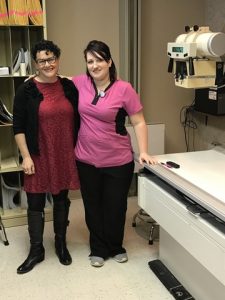
Ashley Milburn (right) and Dr. Stacie Grossfeld stand in the Orthopaedic Specialists office. Dr. Grossfeld is excited to offer treatment to Spanish speakers in the Louisville area thanks to Ashley.
Ashley Milburn graduated from ATA College in Louisville, Kentucky. She completed the Limited Medical Radiography with Medical Assisting program (LMRMA) with an impressive 4.0 grade point average. During her time as a student, she did an externship at Dr. Grossfeld’s medical practice, Orthopaedic Specialists. And when she finished her degree, Dr. Grossfeld invited her to join the team.
Ms. Milburn’s Spanish Speaking Background
Originally from Willisburg, Kentucky, Ms. Milburn grew up helping her family on a tobacco farm. During this time working with many Spanish-speaking farm employees, she became very interested in learning Spanish. Though she never received formal training, she is now a fluent Spanish speaker. She explains: “If you want to know what people are saying, you try hard to learn.” Realizing the many benefits of speaking both English and Spanish, Ms. Milburn is also raising her three children to be bilingual.
Along with working as a translator for Spanish speaking orthopedic patients, Milburn is currently working on translating all of the paperwork at Orthopaedic Specialists into Spanish including: surgery packets, pre-op and post-op instructions, sign in slips, new patient paperwork, and worker’s compensation paperwork.
Right now, Orthopaedic Specialist is accepting all new patients including those who are Spanish speakers.
To read more, click here and get access to the entire press release.

 During pregnancy, a lot of different things happen to women’s bodies that don’t occur at any other time in their life and that men will never experience. One occurrence is that the pelvic bone alignment tends to become relaxed, and even stretchy, due to a hormone called Relaxin.
During pregnancy, a lot of different things happen to women’s bodies that don’t occur at any other time in their life and that men will never experience. One occurrence is that the pelvic bone alignment tends to become relaxed, and even stretchy, due to a hormone called Relaxin.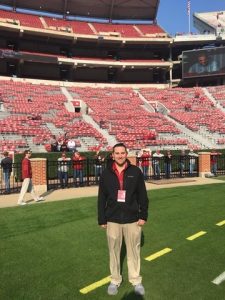
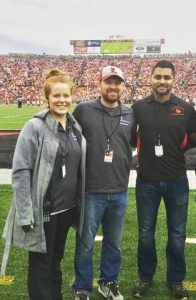
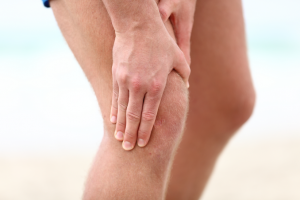
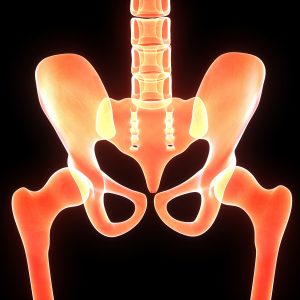 Sacroiliac Joint Disease is a serious case of inflammation that affects the sacroiliac joint. In the past, the sacroiliac joint has been thought to be the cause of lower back and leg pain; however in the past three decades, that pain is now associated with herniated disks.
Sacroiliac Joint Disease is a serious case of inflammation that affects the sacroiliac joint. In the past, the sacroiliac joint has been thought to be the cause of lower back and leg pain; however in the past three decades, that pain is now associated with herniated disks.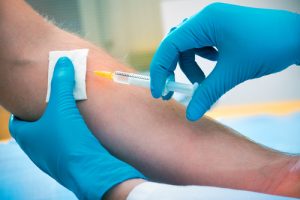 In the past, chronic tendon injuries, sprained knees and elbow pain was treated with rest, medications, ice, physical therapy and sometimes surgery. Now some physicians like Louisville orthopedic and sports medicine doctor Stacie Grossfeld MD are using a revolutionary and regenerative medicine called Platelet-Rich Plasma or PRP. PRP injections are used to effectively treat injuries in a timely manner. This injection is less invasive and has become more popular as a treatment for soft tissue injuries.
In the past, chronic tendon injuries, sprained knees and elbow pain was treated with rest, medications, ice, physical therapy and sometimes surgery. Now some physicians like Louisville orthopedic and sports medicine doctor Stacie Grossfeld MD are using a revolutionary and regenerative medicine called Platelet-Rich Plasma or PRP. PRP injections are used to effectively treat injuries in a timely manner. This injection is less invasive and has become more popular as a treatment for soft tissue injuries.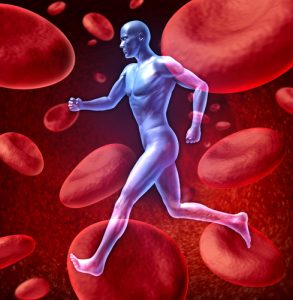 to prepare the injection, the physician must draw blood from the patient. Then the patient’s platelets are separated from the red and white blood cells to increase their concentration through centrifugation. This is then combined with the remaining blood to be used as an injection.
to prepare the injection, the physician must draw blood from the patient. Then the patient’s platelets are separated from the red and white blood cells to increase their concentration through centrifugation. This is then combined with the remaining blood to be used as an injection.  The final diagnosis is made postmortem when the brains are identified and found to have increased TAU protein and widespread neurofibrillary tangles (NFTs). In the past, CTE was called punch drunk syndrome. Doctors, such as Ann McKee, and Dr. Bennet Omalu (is most famously known for his lead role in the movie Concussion, which Will Smith was the actor representing Dr. Bennet Omalu). These doctors have suggested that CTE has a clear environmental origin. The groups have proposed that head injury, both concussive and sub-concussive, leads to neuropathic changes and the subsequent development of a series of neuropsychiatric symptoms, behavior changes, and cognitive defects.
The final diagnosis is made postmortem when the brains are identified and found to have increased TAU protein and widespread neurofibrillary tangles (NFTs). In the past, CTE was called punch drunk syndrome. Doctors, such as Ann McKee, and Dr. Bennet Omalu (is most famously known for his lead role in the movie Concussion, which Will Smith was the actor representing Dr. Bennet Omalu). These doctors have suggested that CTE has a clear environmental origin. The groups have proposed that head injury, both concussive and sub-concussive, leads to neuropathic changes and the subsequent development of a series of neuropsychiatric symptoms, behavior changes, and cognitive defects. Anterior Cruciate Ligament, often referred to as ACL injuries, are the most common knee injuries athletes suffer. While an extremely active individual could possibly suffer this type of injury, an ACL tear is most common in athletes. This is because of the stop and start movements associated with sports such as football, basketball, hockey and more. The anterior cruciate ligament is on the inside of the knee joint and supports the shin bone. The ligament, knee, and shin work together to prevent the tibia from sliding out in front of the thigh bone.
Anterior Cruciate Ligament, often referred to as ACL injuries, are the most common knee injuries athletes suffer. While an extremely active individual could possibly suffer this type of injury, an ACL tear is most common in athletes. This is because of the stop and start movements associated with sports such as football, basketball, hockey and more. The anterior cruciate ligament is on the inside of the knee joint and supports the shin bone. The ligament, knee, and shin work together to prevent the tibia from sliding out in front of the thigh bone.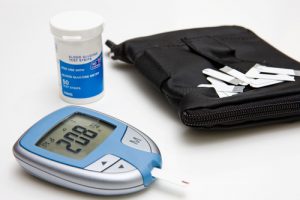 physicians are concerned with surgical outcomes in patients with diabetes. Several studies, papers and research has been published on diabetes and surgery. In one example, a doctor wanted to take a closer look at the effects of arthroscopic rotator cuff repair and surgery in individuals with diabetes. Here is what was published in the
physicians are concerned with surgical outcomes in patients with diabetes. Several studies, papers and research has been published on diabetes and surgery. In one example, a doctor wanted to take a closer look at the effects of arthroscopic rotator cuff repair and surgery in individuals with diabetes. Here is what was published in the 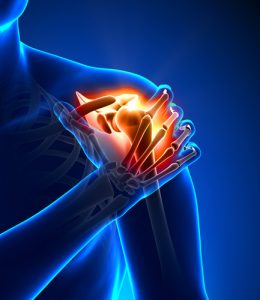 Researchers note that fatty infiltration is one of the most important prognostic factors for anatomic and functional outcomes after rotator cuff surgery. The surgical repair of the torn rotator cuff may not be able to stop or reverse the process of fatty infiltration. Fatty infiltration is when the rotator cuff tendon and muscle turns to fat.
Researchers note that fatty infiltration is one of the most important prognostic factors for anatomic and functional outcomes after rotator cuff surgery. The surgical repair of the torn rotator cuff may not be able to stop or reverse the process of fatty infiltration. Fatty infiltration is when the rotator cuff tendon and muscle turns to fat.
Recent Comments